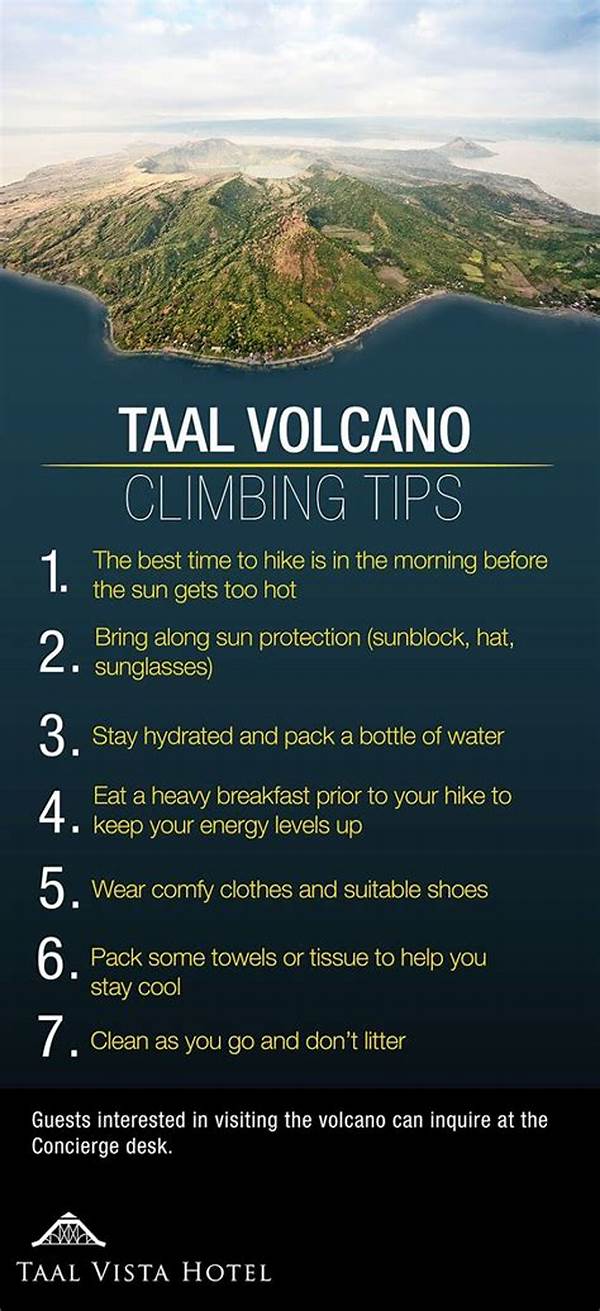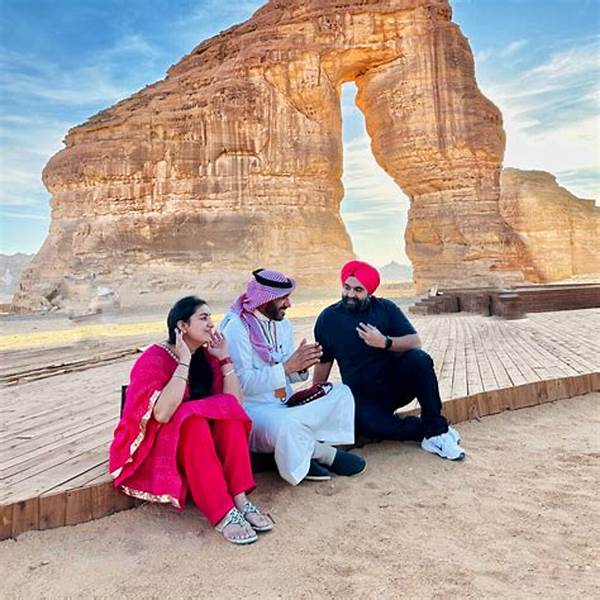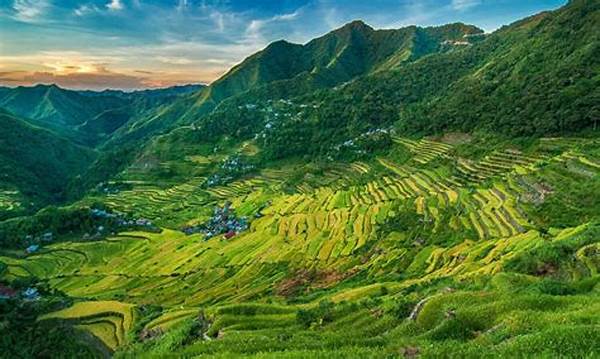Are you ready to experience one of nature’s most thrilling adventures? Scaling a volcano is no small feat; it’s a journey wrapped in excitement, a dash of fear, and a sprinkle of humor as you find yourself wondering why on earth you agreed to walk into what could potentially be a bubbling pot of lava. But the rewards? The feeling of gazing into the vast crater, feeling the raw earth beneath your feet and soaking in the awe-inspiring landscape is nothing short of spectacular. Imagine the bragging rights when you’ve climbed not just any mountain, but a majestic volcano. It’s the kind of story you’ll want to recite over campfires and include in your blog posts—or even that corporate presentation where you happened to mention your “explosive” adventure in passing!
Read More : Latest Entrance Fees For Puncak Nature Tourism
Volcano climbing offers a unique blend of danger, thrill, and utter beauty. Yet, like all extraordinary experiences, it requires careful preparation and an understanding of the risks involved. Before you jump into your hiking boots and grab your trekking poles, let’s delve into some essential volcano climbing tips that can help transform this daunting task into a triumphant expedition. These aren’t just tips; they’re your treasure map to the peak of a natural wonder. So, saddle up for an exciting narrative filled with actionable insights, survival anecdotes, and all the marketing jazz that beckons not just any adventurer—but you, the intrepid volcano conqueror!
Essential Volcano Climbing Tips
To ensure your climb is not just successful but also safe and enjoyable, let’s dive into some core volcano climbing tips. It’s crucial to prepare both mentally and physically for the undertaking.
Gear Up Wisely
Before embarking on your volcanic adventure, ensuring you have the right gear is paramount. Equip yourself with:
Check the Weather and Volcano Activity
Not all volcanoes are sleeping giants. Some could be more active than the social media influencer who’s trending for all the wrong reasons. Check for any travel advisories or recent volcanic activity. Climbing during fair weather conditions is always recommended to ensure safety, as storms can make conditions hazardous and visibility poor.
Respect the Local Culture and Environment
Volcanoes often hold cultural significance to indigenous communities. Remember to honor their traditions and rules when navigating these powerful landforms. Leave no trace of your presence, except perhaps a perfectly timed selfie with that pristine crater backdrop.
Use Technology, but Don’t Depend on It
Apps can be lifesavers—literally—by offering GPS guidance and weather updates. But don’t rely solely on technology. Your phone’s coverage might be as spotty as your neighbor’s Wi-Fi, plus technology can fail. Always have a physical map and compass handy.
The Art of Volcano Climbing
Climbing a volcano isn’t just about reaching the top; it’s an art form, involving technique, understanding, and a little bit of science. Allow me to paint the picture for you.
Understanding Volcanic Paths
Not all trails lead to the summit. Volcano paths can range from well-trodden tracks to untamed wilderness. Research is your best tool; speak to local guides and read up on blogs like “The Frustrated Volcano Climber’s Guide.”
Physical Preparation
Training for a climb involves building endurance and strength. Incorporate cardiovascular and strength training exercises into your regimen weeks before your hike. It’s like getting your body ready to run a marathon, but with extra “oomph!” to dodge those elusive volcanic spirits.
Interpretation of Safety Signs
Safety signs aren’t just decorations. They’re the guidance of wisdom past. Learn to interpret these, but always listen to your instincts—except for when it involves running away from harmless wildlife!
Read More : Nature Tourism Park Mangrove Angke Kapuk Eco Education Programs For Students
Volcano Climbing Tips in Detail
Let’s explore the nuances that each tip offers to transform volcano climbing from mere theory to exhilarating practice.
The Emotional Journey
While physical readiness is crucial, preparing for the emotional highs and lows is equally important. The initial euphoria of seeing lava could quickly turn into apprehension as you ascend into unknown terrains. Being mentally prepared enhances not only your experience but also your safety.
User Testimonials:
Many climbers have likened their experience to a roller-coaster thrill wrapped in a meditative walk. One climber noted it was the “best decision made above ground!”
Rationalizing Safety Precautions
Safety isn’t just an add-on; it’s the heart of a successful climb. Statistically, well-prepared climbers report high success rates with zero incidents. Engage in thorough research, preparation, and never underrate the intelligence of staying on designated paths.
—
Points to Remember for Volcano Climbing
Summarizing Volcano Climbing Tips
Climbing a volcano is a mixture of preparing for the unknown and relishing the known outcome—a view worth every step. While the prospect might appear daunting, with the right knowledge, it becomes approachable and thrilling. Embrace this journey much like a new business venture, where you have product knowledge, market research, and of course, the sales pitch—this time, it’s to yourself, convincing you of the majesty awaiting at the summit.
Key Takeaways
Each ascent leaves you with a longing, a story, and a resolve to gaze upon more of earth’s fiery wonders. Whether you’re scaling Mount Fuji, Mount Etna, or your nearest volcanic grounds, armed with our volcano climbing tips, you’ll be ready for a breathtaking, yet safe adventure. Make your climb the start of a beautiful, yet “hot” connection with nature!


